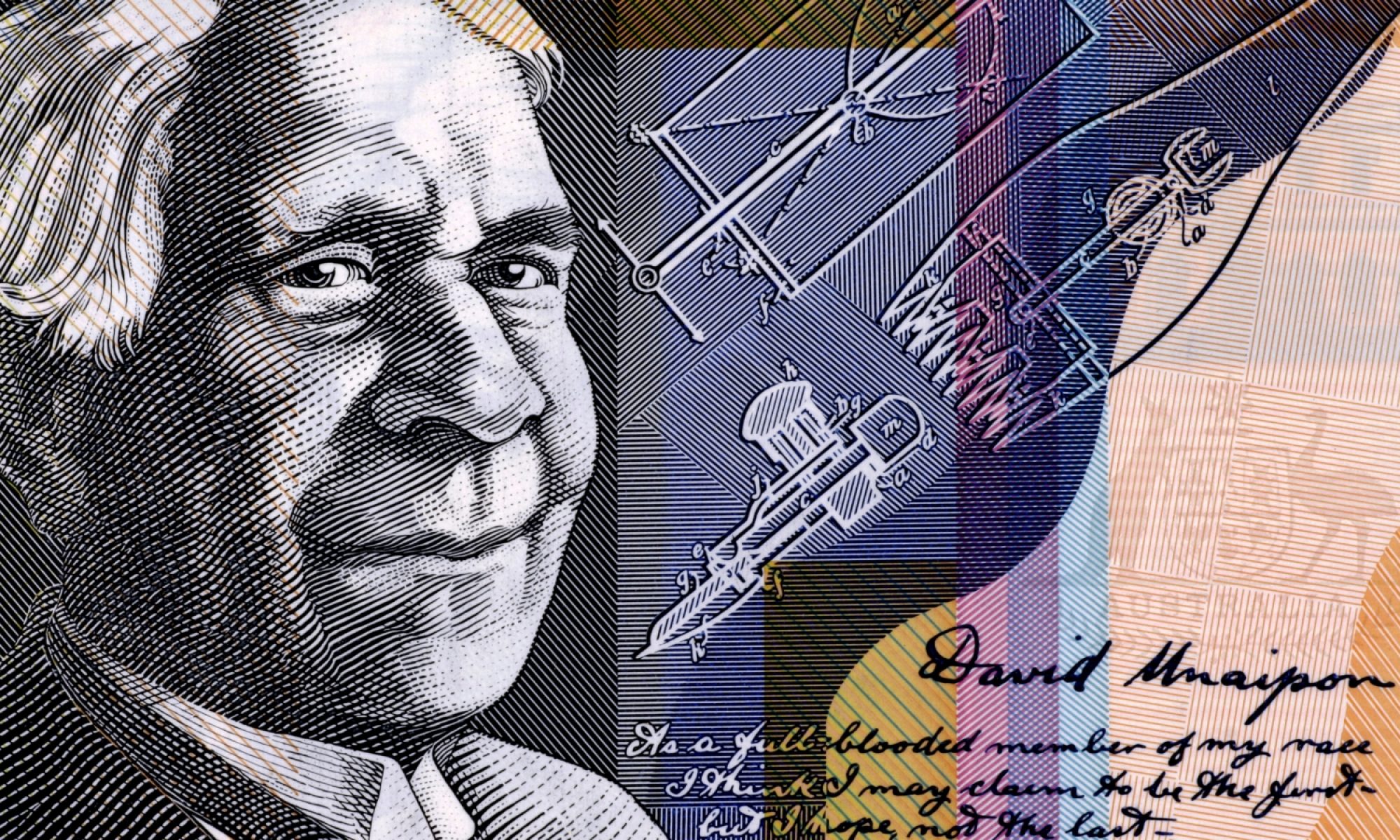The Intervention or the NT Emergency Response was a policy enacted by the Federal Government in the NT as a reaction to the Little Children are Sacred Report, but did not seem to follow many of its recommendations:
The package was the Federal government’s response to the Territory government’s publication of Little Children are Sacred, but implemented only two out of ninety-seven of the report’s recommendations. The response has been criticised, but also received bipartisan parliamentary support. The then Prime Minister Julia Gillard has and continues to support the response, though her predecessor (and successor) Kevin Rudd did make some adjustments to its implementation. The Emergency Response has since been replaced by the very similar Stronger Futures Policy.
Also see the UN Special Rapporteur report – Anaya, James (February 2010). “Observations On The Northern Territory Emergency Response In Australia” (PDF). Archived from the original (PDF) on 20 April 2013.
This report by the Rapporteur is based on the same data (figures, policies and community submissions) as is available to the Australian government when their reports were developed. Also see the Australian Human Rights Commission report. Yet the government continued the program in the face of this opposition.
This exercise is about being blind to possible interpretations of data.
Since the start of this program, much work has been done to expose the effect of this action and request better data collection to enable evaluation. Also there are requests to change the policy of intervention to one of consultation. See an economic analysis of the measure by Jon Altman that deals with government prejudice and inability to listen to the communities
He points out that the second report in 2009 from the NT Government on the effect of the Intervention. Some of the misuse of data is described in his report are:
…not all measures are given multi-year comparative coverage. But for those that are, some of the findings are extremely disappointing. For example:
-
On health, child health care referrals are down, as are specialist audiological and dental follow-ups from referrals and reported child malnutrition is up despite the 85 licenced stores, the 15,000 BasicsCards and the $200 million income managed;
-
On education, total enrolments and school attendance rates are marginally down despite the school breakfast and lunch programs and more and more police are working as truancy officers;
-
On promoting law and order, alcohol, drug and substance abuse incidents are all up (p.32–33); domestic violence related incidents are up (p.33); and breaches of domestic violence orders are up (p.33) despite a far greater police presence. The most disturbing data are contained in Table 4.4.1 on p.35 which reports personal harm incidents reported to police: all categories are up except for sexual assault reports that are slightly down
First and foremost, they are comparative pre- and post-Intervention in prescribed communities, but they are not comparative with any other group in Australian society so it is hard to say how relatively bad outcomes are. All that is clear is that where time series information is provided almost without exception things have gotten worse.
Second, the quality of the Report is highly variable so in some key areas like land reform and especially welfare reform and employment there is the standard reporting of current outputs and no comparative analysis. And in the area of income quarantining there is still fraught methodology so it is store operators rather than customers that are surveyed, so while 68.2 per cent of store operators report more healthy food purchased, it is unclear if this ‘more’ is in dollar terms or quantity; and who is doing the purchasing? Interestingly, store operators report no change in tobacco purchase. (p79-80)
Consider the alternative approach suggested by the people the Intervention is supposed to “help”.
However this evidence is overridden in favour of personal stories that ministers or Aboriginal leaders have collected on the topic.
Jenny Macklin cited so-called “evidence” on this matter in a press release last July when she said there was some evidence of an improvement in the consumption of fresh food. It turned out this “evidence” was based on phone calls to ten stores. Six said yes when asked if sales of fresh food had increased, without supporting evidence; one said no, and three were unknown.
So much for evidence-based policy replacing ideology.
A more academic article on the issue.
National Library resources
The National Library has put these links on the website to help investigate this issue:
Statistics related to Australia’s Indigenous population, including health and social issues, can be found on the Australian Bureau of Statistics website. Use the ‘Past and Future releases’ tab to find statistics for previous years. The downloadable reports include statistics on child abuse and neglect.
The Australian Human Rights Commission has a statistical overview of Aboriginal and Torres Strait Islander peoples in Australia including child protection.
There are also a number of websites that provide reports and other information about the Northern Territory National Emergency Response, or intervention. Many of them describe the development of the program and others provide supporting documents and evidence such as statistics.
-
Social Justice Report 2007, Chapter 3
-
Child Abuse Prevention Issues no.19 Spring 20
Research
The Northern Territory Intervention is justified on the basis of community stories. Is there an alternative that you can support with evidence?
